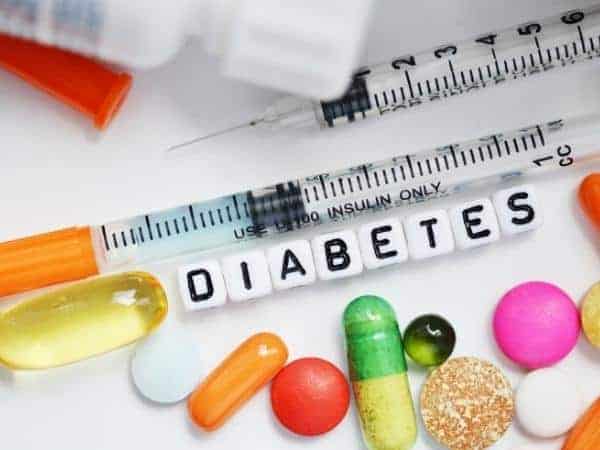The Pre-Diabetes Diet – What To Eat And What To Avoid
Everything you need to know about the pre-diabetes diet and how you can use it to help you.
If you’ve recently been advised of the potential onset of developing Type 2 Diabetes, then you’re probably left wondering, what do I do? Is it fixable? Can I reverse it? Do not fear. This article will break down the best way to handle Pre-Diabetes, the food options available to try, and which options to absolutely avoid.

What Is Diabetes And How Does One Get It?
Diabetes is a disease that is the result of blood glucose control not functioning properly. For the body to survive, it needs energy, and the body creates energy by using a mixture of fatty acids and glucose (or it can solely depend on glucose).
Glucose is another word for blood sugar, and if it gets too high or too low, the body (in fewer words) freaks out and causes a slew of different health problems.
Thus, Diabetes occurs, and doctors control it by providing regimes to help return your sugar levels to what is considered normal.
Are There Different Types Of Diabetes?
Yes. There are five types of Diabetes:
- Pre-Diabetes
- Type 1 Diabetes
- Type 2 Diabetes
- Gestational Diabetes
- Monogenic Diabetes
After speaking with your healthcare providers, being advised of a potential onset of Diabetes could mean that you’re now classified as having Pre-Diabetes.
Pre-Diabetes means that your blood glucose levels are almost within the range of a Diabetes diagnosis. There may be some insulin resistance worries, and a change in diet and physical activity is requested.
Type 1 Diabetes signals that your blood sugar levels are incredibly high due to the body attacking the cells in your pancreas responsible for producing insulin (which helps with blood sugar regulation). Because the body thinks the cells are foreign, it goes into attack mode.
Type 2 Diabetes signals that your blood sugar levels are incredibly high, but it is not a result of the body attacking itself like Type 1. Instead, the body is not producing enough insulin to coincide with the amount of glucose available, leading to high sugar levels. Diet and lifestyle changes play a role in developing Type 2 Diabetes and are usually the most common form of diabetes diagnosed.
Gestational Diabetes is usually found in pregnant women and occurs due to the ever-fluctuating hormones in the body.
Monogenic Diabetes occurs (and this is science talk here) when certain genes inside your body begin to mutate or change, which affects the body’s ability to regulate glucose properly.
What Does It Mean To Be Pre-Diabetic?
As discussed above, pre-diabetes means that your body’s sugar levels are high but have not reached the danger zone. This means that you will need to make significant changes in your diet and physical activity to ensure better insulin functioning.
Pre-Diabetes usually requires the following to be removed from the diet:
- Refined carbs like white bread, pasta, white rice
- Sweets and candy high in sugar
- Processed foods
- Fast foods
- Fatty meats (meat less than 95% lean)
- Fried foods
- Processed oils
Although today, there are plenty of substitutions for the items above that are both satisfying and nutritious.
Pre-Diabetic diets swap the food groups mentioned above for:
- Seafood
- Plant-based foods/oils
- Low-fat dairy
- Lean meats
- Non-starchy vegetables
- Low-calorie, low-sugar beverages
And high fibre whole grains, fruits, starchy vegetables, and legumes.
Sounds hard? With some practice, it won’t be.
Does This Mean I Can No Longer Eat Fast Food Or Take Out?
Not necessarily. Your main concern when dining away from home is how the meal is prepared.
So choosing fast food establishments that are catered for the vegan and vegetarian communities would be best. However, many fast-food chains offer low-calorie meal options if you are pressed for time or in an area without those options.
In this case, only eating portions of the meal within a 2-hour window allows the food to be processed without triggering insulin levels to rise.
Can Your Avoid Diabetes After Being Deemed Pre-Diabetic?
With the proper diet and exercise plan, you can lower your chances of developing Diabetes.
Exercise regimes focused on building muscle and raising heart rates are ideal, and there are many low-impact weight training routines available on the internet.
More muscle mass will help your body burn fat even while you sleep (yay!) and improve the retention of body fat and sugar stores.
Speak with your doctor to see if they have any recommended pre-diabetes diet and exercise meal plans to get started on and partner with a friend or loved one to get moving.